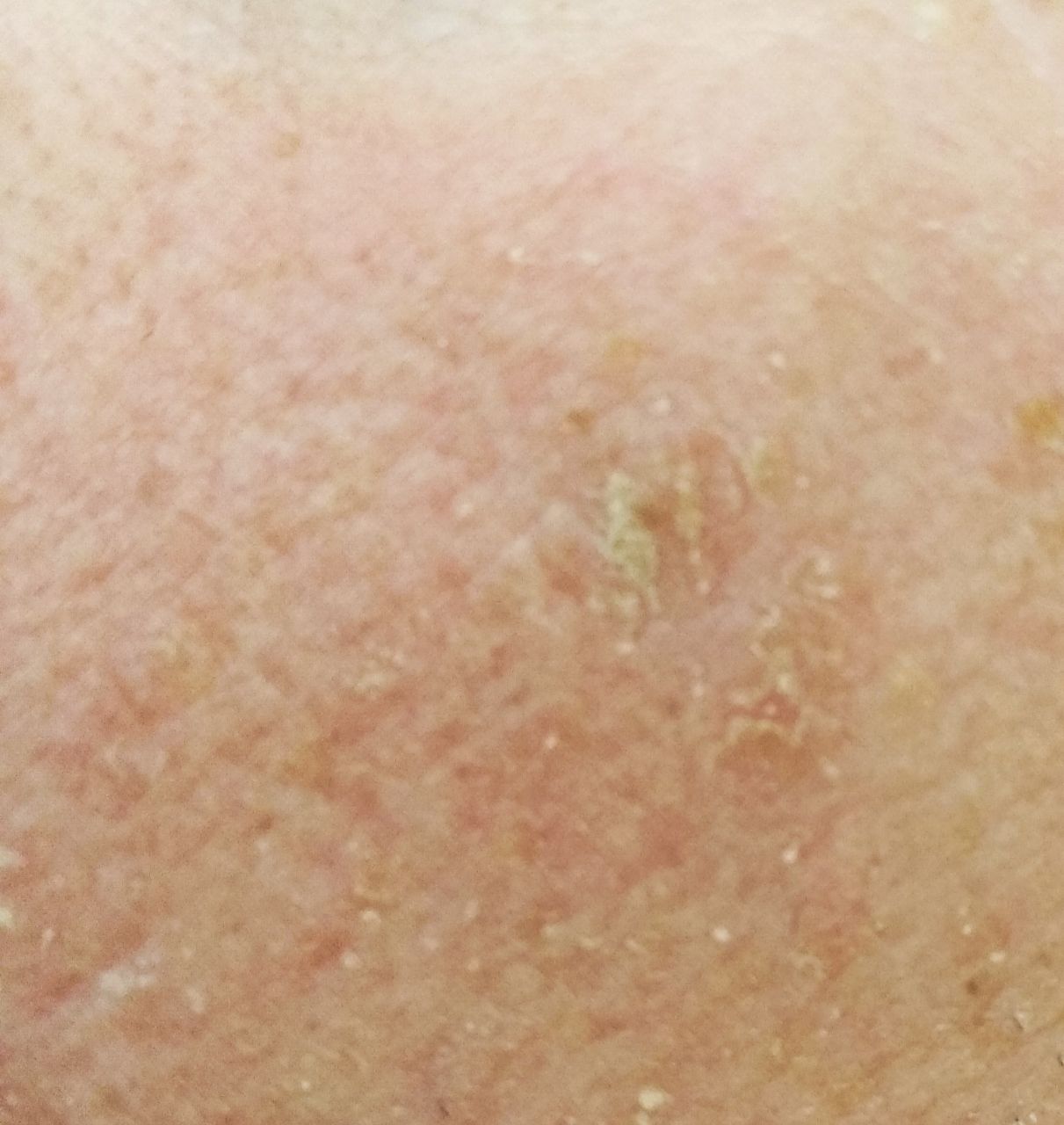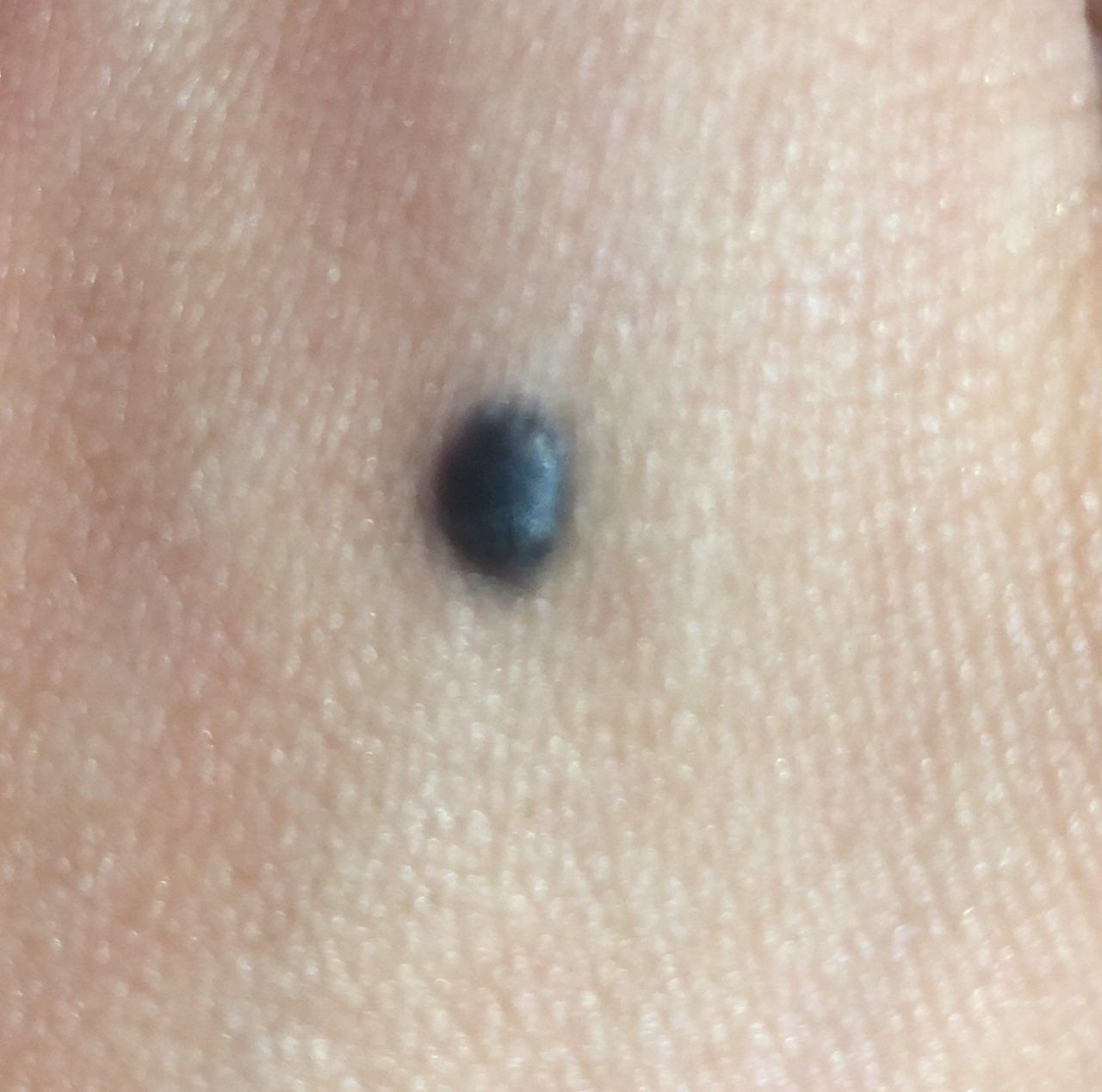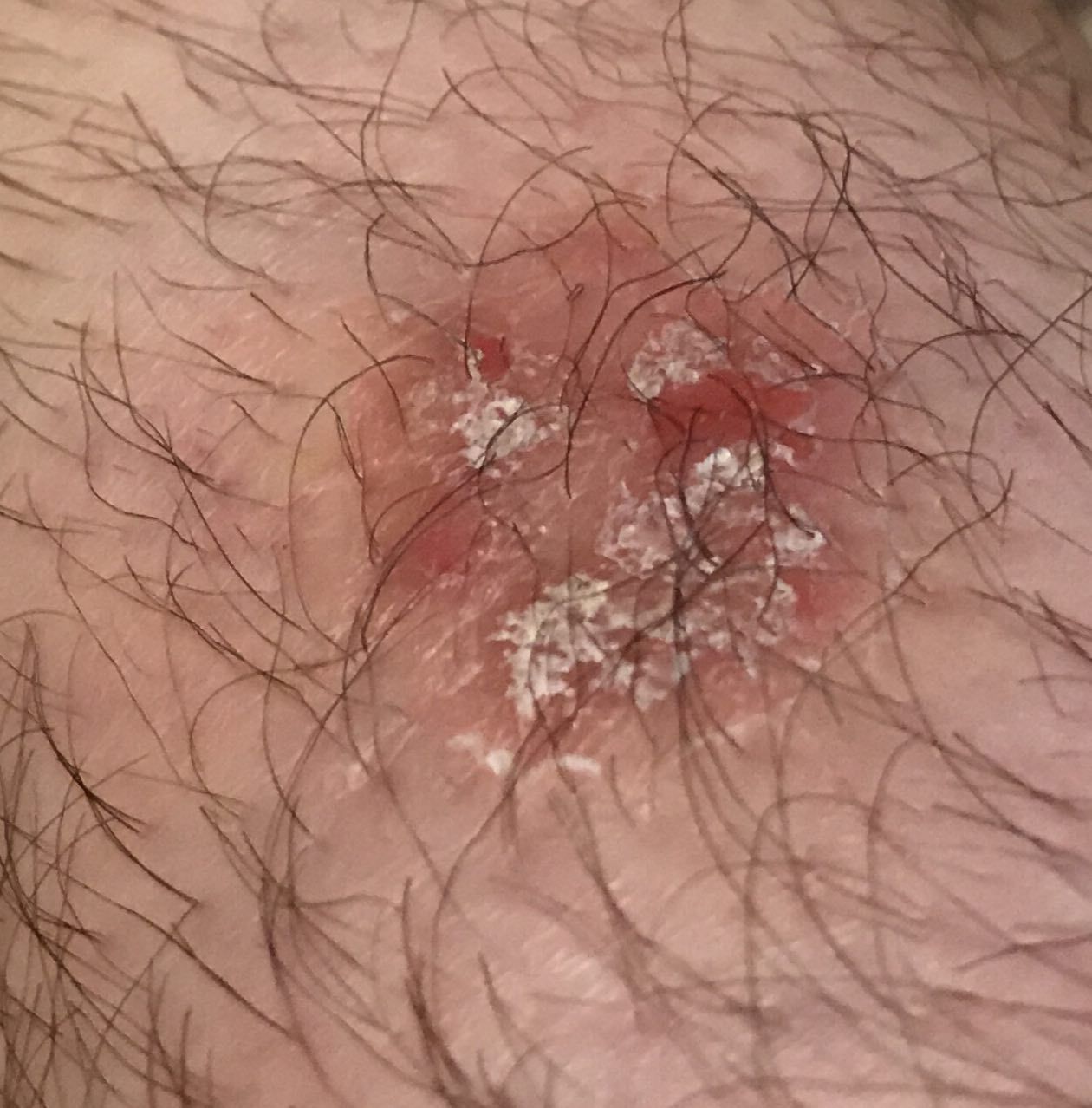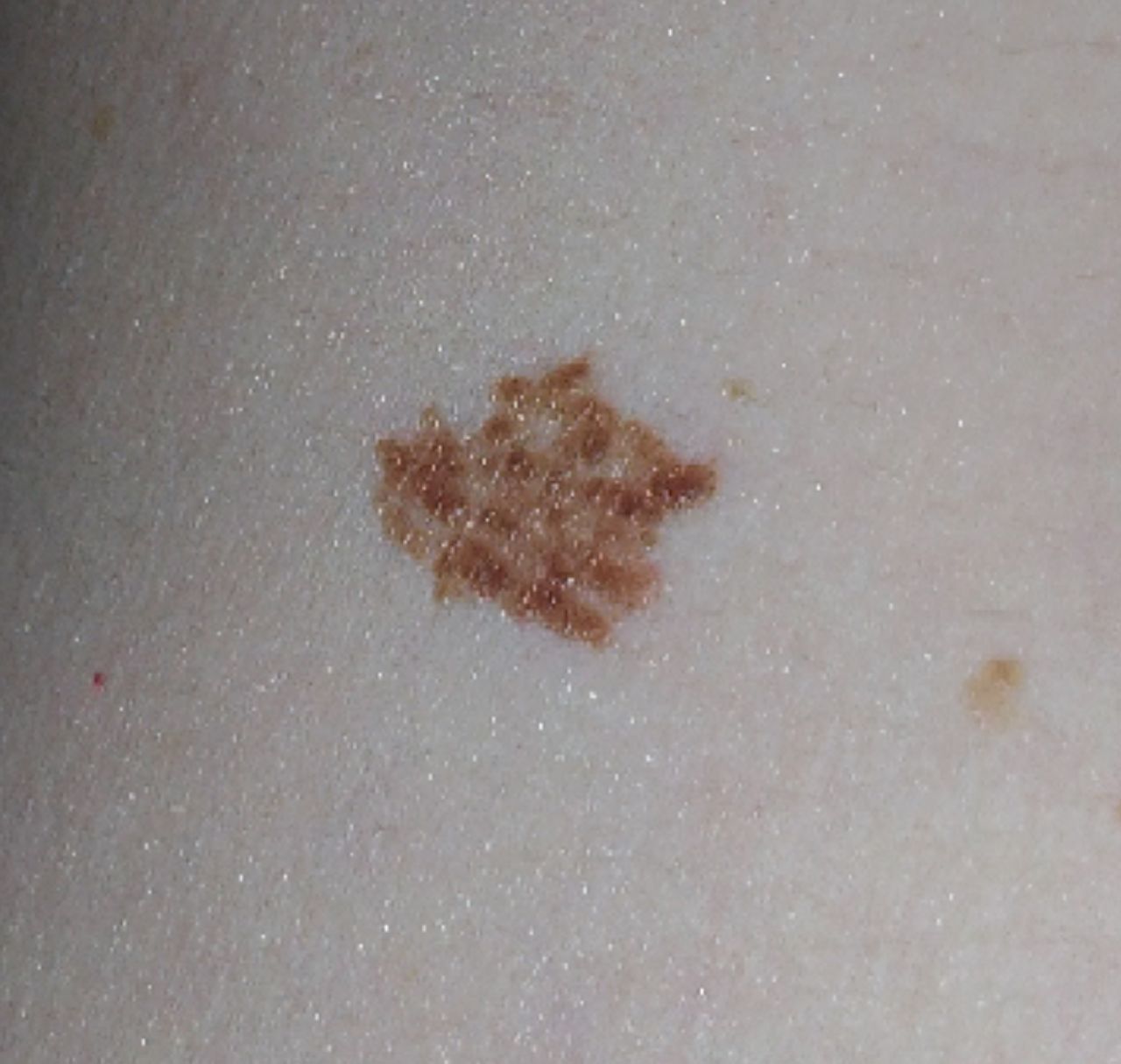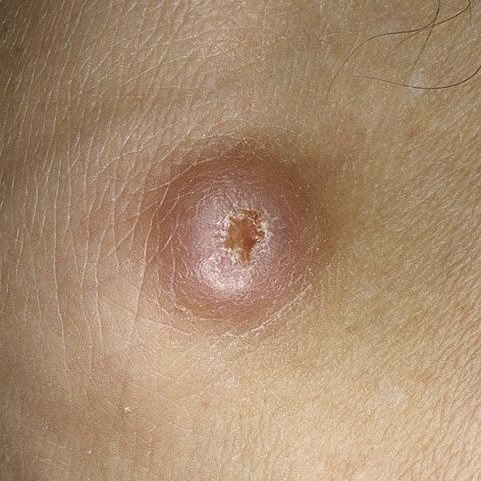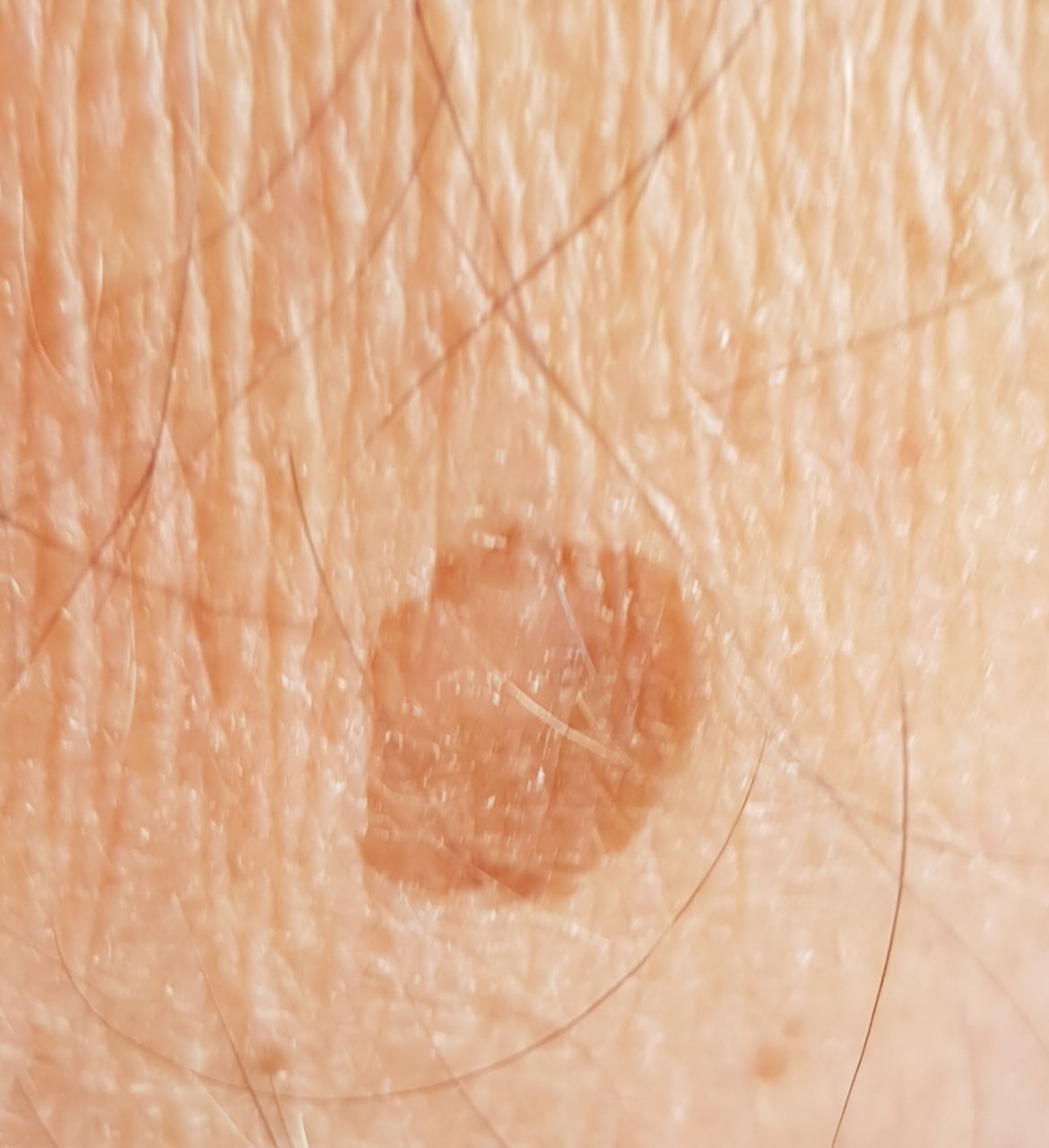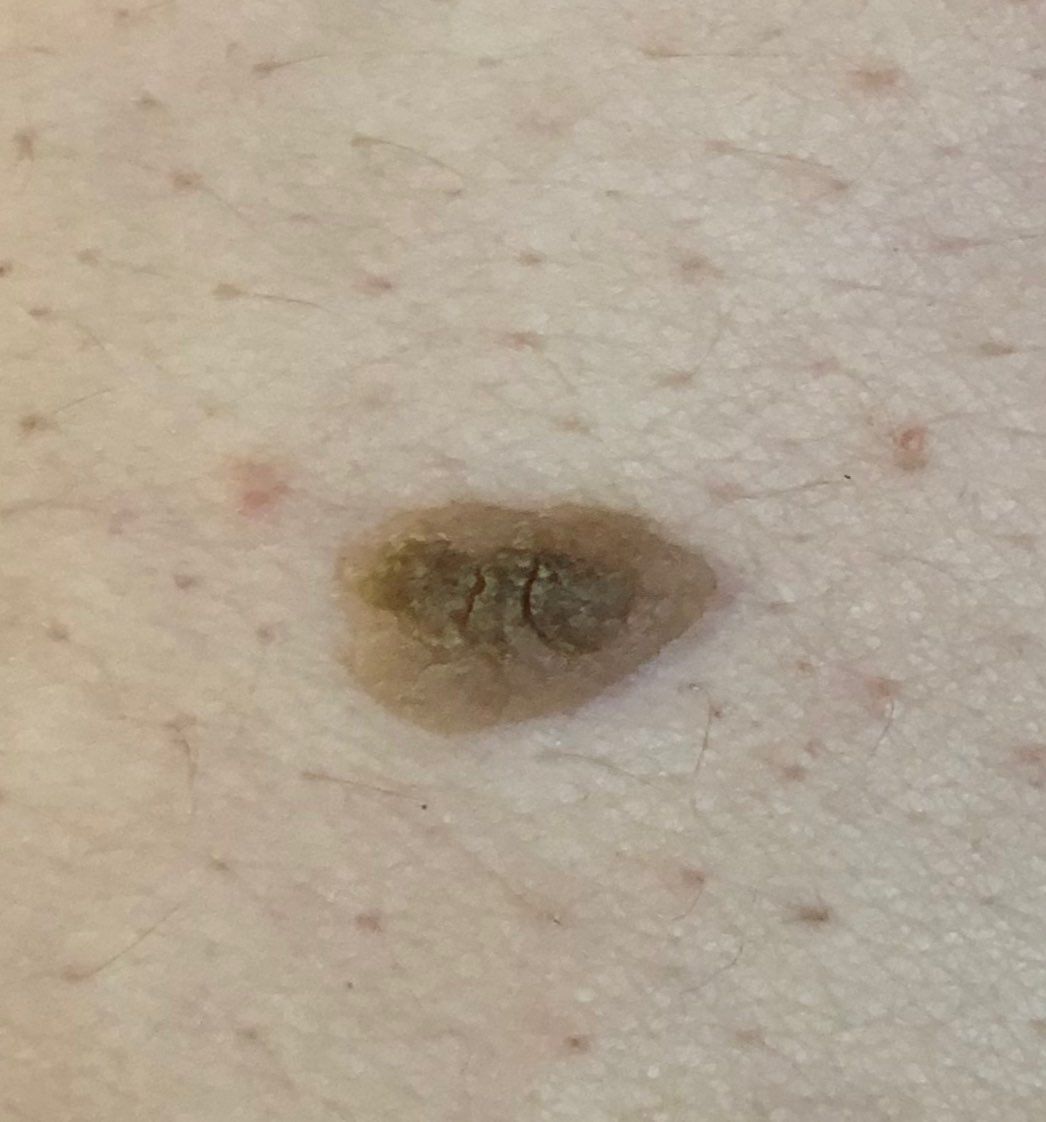Borderline or Precancerous skin formations are abnormal changes in the skin that have the potential to develop into skin cancer if left untreated. These changes can manifest as growths, moles, or patches on the skin, often caused by prolonged exposure to UV radiation from the sun or other environmental factors.
⚠️ Medium Risk: While precancerous skin formations are not cancerous themselves, they indicate an increased risk of developing skin cancer. If left untreated, they can progress to malignancy over time, which is why it’s essential to address them promptly.
💊 Treatment: The urgency of treatment or diagnosis depends on various factors, including the characteristics of the precancerous lesion and your individual risk factors. It’s advisable to schedule an appointment with a dermatologist as soon as possible for a thorough examination and any necessary diagnostic tests, such as a biopsy. Dermatologists specialize in diagnosing and treating skin conditions, including precancerous formations, and can provide personalized recommendations based on your specific situation.
💡 Skin Self-Exams tips: To perform skin self-examinations, follow the ABCDE rule.
Perform skin self-examinations regularly, ideally once a month, to monitor for any new or changing lesions. Additionally, be vigilant about any unusual or concerning changes in your skin and promptly report them to your dermatologist.
